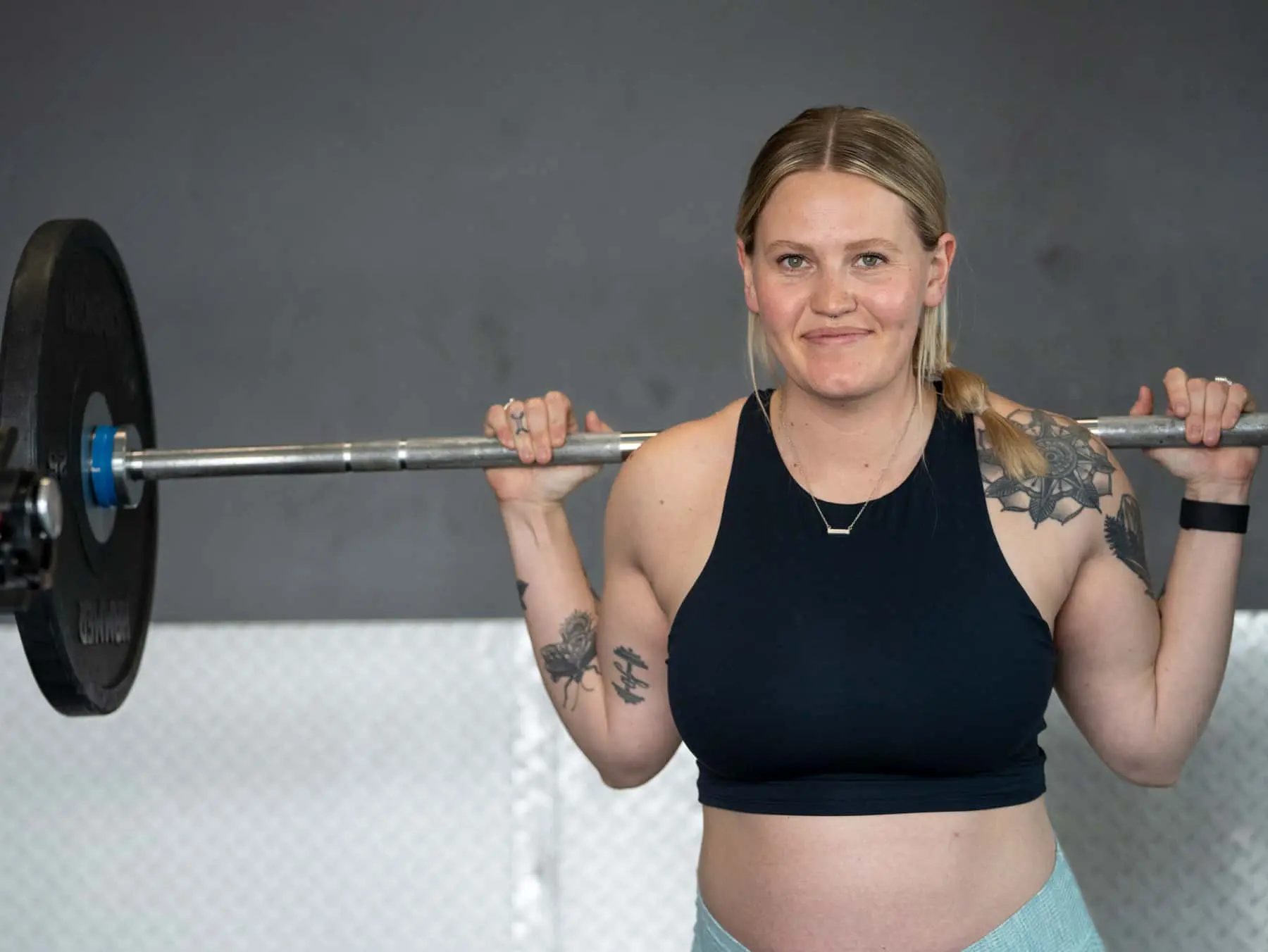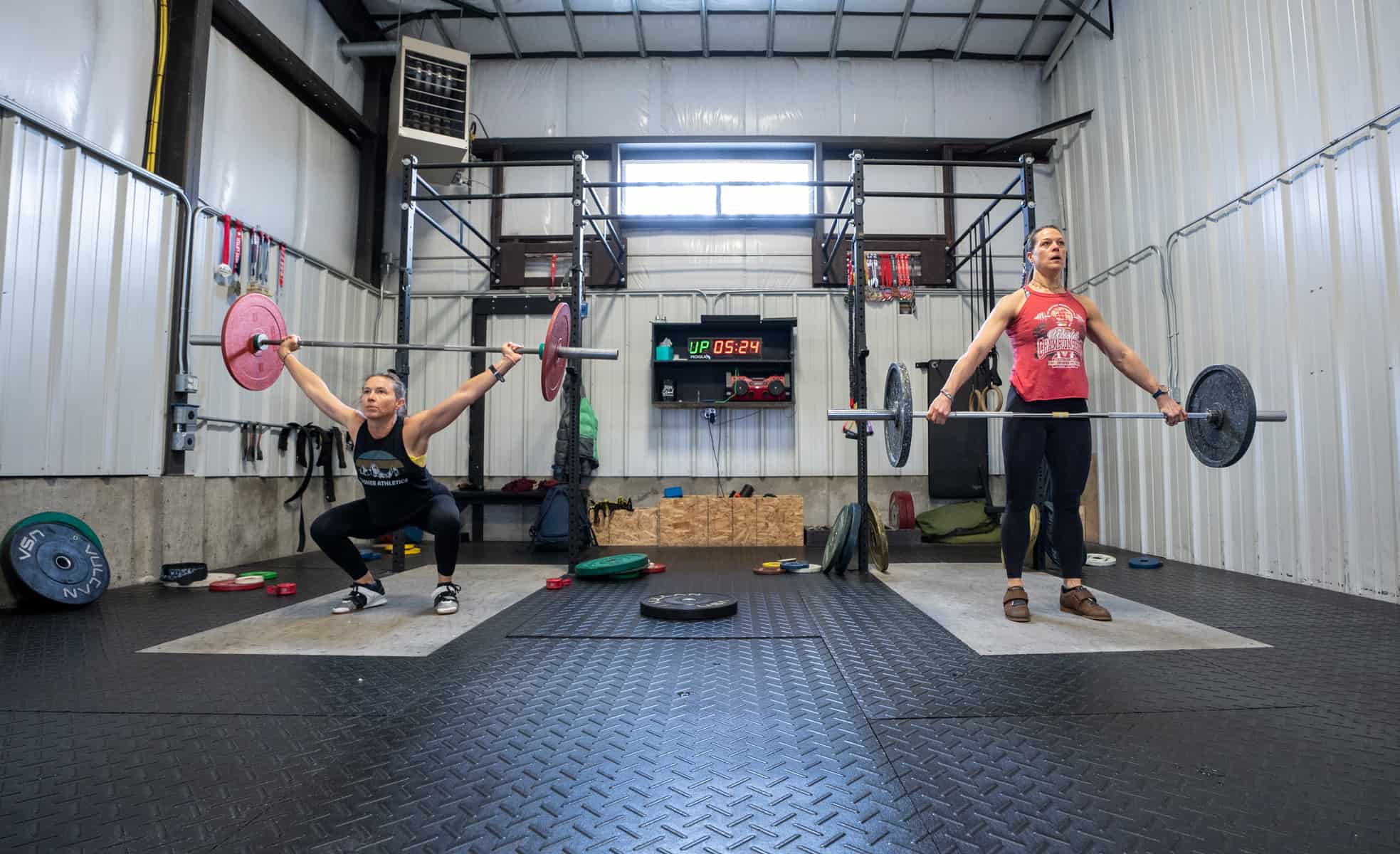By Deb Barracato // Photography by Kathryn Ziesig
—
Ask most any mom, and she’ll describe parenting as equal parts challenge and reward. It’s that same yin-yang quality that draws many weightlifters to the sport. And for moms who lift weights, the effort they put in correlates to better balance, both actual and metaphorical.
“When you have kids, it’s easy—not intentionally—to stop doing your own things and do everything for them,” explains Alicia Russo, a mom of three ranging in age from 11 to 16, who works out at Targhee Athletics in Driggs and competes in Olympic weightlifting.
“It gives you an identity outside of mothering,” agrees Anjanette (Anjie) Beard, who frequently shares training sessions with Russo in the “North Gym” at Targhee Athletics. Though Beard’s children are grown, they show up to cheer on mom whenever she’s competing.
“My daughter says it’s fun to follow me after I chased them around for so many years.”
When Beard went to Worlds last year, nine of her family members traveled with her to Florida. She has also competed in state events, placing first in Wyoming two years in a row; the North American Open Series, where she has consistently finished in first or second place; and the National Masters, where she barely missed a medal both times with fourth place finishes.
While both women have always prioritized fitness (Beard is a certified CrossFit coach and a personal trainer at Targhee Athletics, and Russo grew up with professional tennis players as parents), it was the Olympic weightlifting class at the gym that sparked their current “obsession” with lifting heavy weights. Both women say they endure some good-natured teasing from their families for their passion, but they know they’re setting a positive example. Russo’s children all play sports, and when they get frustrated by a loss or poor performance, she can say, “Look, I’m a beginner, too. I keep going back and working hard.”
She may call herself a beginner, but Russo has delivered some impressive performances at lifting competitions. During the COVID-19 pandemic, when in-person events were canceled, she earned first-place medals in the online qualifiers and in the American Open event. She also attended both Nationals and Worlds in 2022, where she achieved a mental win.
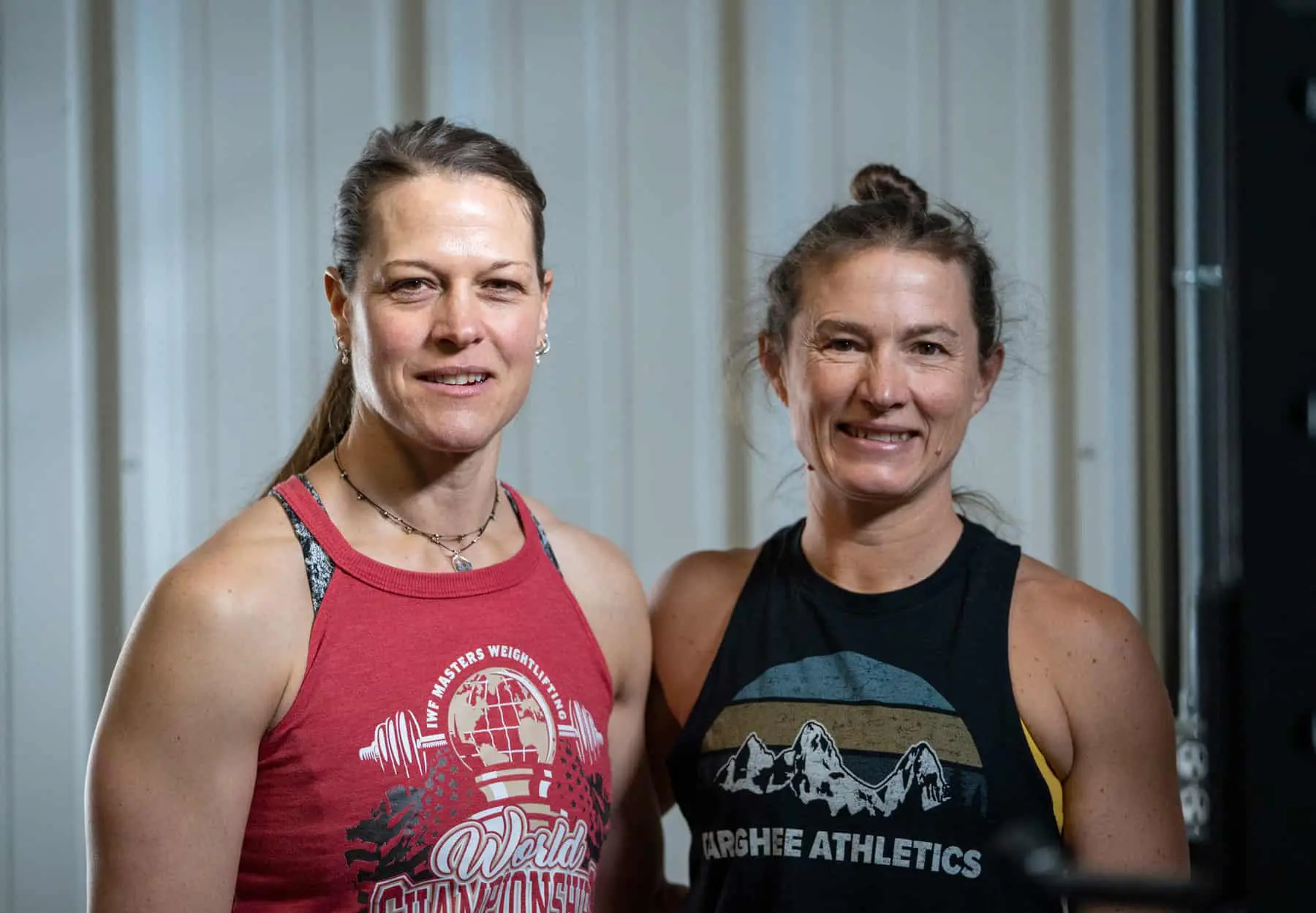
“It’s a little scary stepping out onto a stage in front of a whole bunch of people and attempting your heaviest, hardest weights, knowing you might miss your lifts, mess up, fail, etc. … The opportunities to push myself in uncomfortable, hard situations have been confidence builders for me, and also great examples for my kids,” says Russo.
While she enjoys the challenge of competing and the fun of the events, it’s the opportunity to constantly improve that really keeps Russo motivated.
“Lifting is very technique-driven, like swimming or golf. You can be strong, but if you’re doing it wrong, you’re never going to get to your potential.”
Beard likes constantly working towards a goal, such as beating a personal best during a training session or improving her total in a competition.
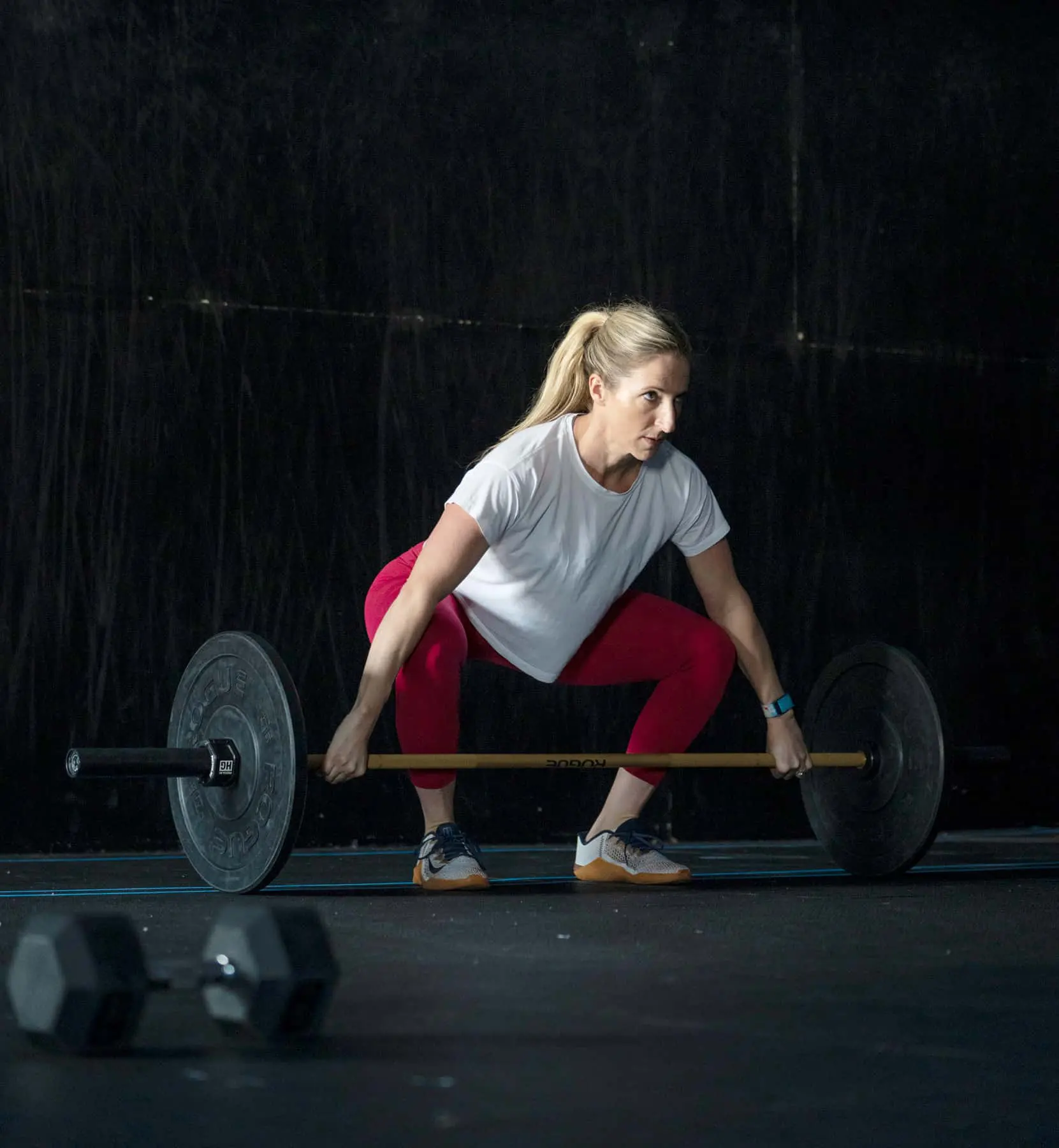

Paula Schmidt was working out at Ridge CrossFit in Jackson the day before she gave birth to her daughter last fall. Maintaining her fitness routine during pregnancy helped her both physically and mentally, she says.
“You have to mentally prepare to lift heavy—it’s going to be uncomfortable, and you’re going to struggle, and it’s going to hurt, and you’re going to be OK. That experience—knowing those things—helped me get through my delivery,” she says.
From a physical perspective, her conditioning—especially her strong core—helped tremendously during labor. And she believes she rebounded more quickly because of it.
Schmidt started strength training in high school, but became interested in Olympic weightlifting through her participation in CrossFit in her 30s.
“I’m competitive, so initially when I started lifting heavier, I really liked the sport of it.” She competed as a CrossFit athlete, most recently in 2021, when she ranked 381st in the world for her age class, but now that she’s a new mom in her 40s, her goals have shifted a bit.
“I want to be able to age gracefully and be independent when I’m older. Being an older mom, I want to be able to play with my daughter on the floor,” she says.
Schmidt’s motivation changed with motherhood and she felt like she needed a mental break from the competitive mindset necessary to perform her best, but she still enjoys lifting heavy weights, and she still competes, just against herself. She hopes to become competitive again in her new age class when her daughter gets a bit older.
With fitness being an integral part of her family life (her husband, Dwayne Ridgway, owns the gym; and her stepdaughter, a senior in high school, plays volleyball and has been lifting since middle school), Schmidt finds it pretty easy to stay on track. But she does understand the tendency, especially among women, of falling into the trap of doing everything else first—and then running out of juice before getting around to exercising.
“It’s so easy to get out of the habit. I don’t go home until I’ve worked out. I go to work, I go to the gym, then I go home,” she says. “It’s like eating lunch; it’s something I do for an hour a day.”

Another Ridge CrossFit member, Leah Gibson, taught aerobics, cycling, and boot camp classes all through college. She always enjoyed exercising, but discovered the benefits of heavy lifting more recently. Now pregnant with her fourth girl, Gibson wants to instill in her daughters the importance of taking care of their bodies.
“My kids have basically grown up in the box. They’re at the gym at least two days a week, sometimes three in the summer. My oldest two train and do CrossFit themselves. It’s getting them into something they can continue to do their entire lives,” says Gibson.
In proof that it’s a lifetime sport, Russo and Beard see women in their 70s and 80s competing at the national and world levels. It’s definitely motivation for them to keep moving.
“If you want to continue to walk in your 80s, you should be lifting weights,” Beard says.
Morgan Reiley’s mom has always owned a gym (currently Anytime Fitness in Driggs), but she never pushed fitness on her children. “I came around to it on my own,” Reiley says, who got hooked on powerlifting during her first try at competition in 2016. Now pregnant with her first child, she’s no longer competing but has maintained her workout routine and says it keeps her body image strong, despite the pregnancy changes she can’t control.
“I’ve acknowledged that I have to gain weight, but being able to move my body still in this way makes me feel great about it,” she explains.
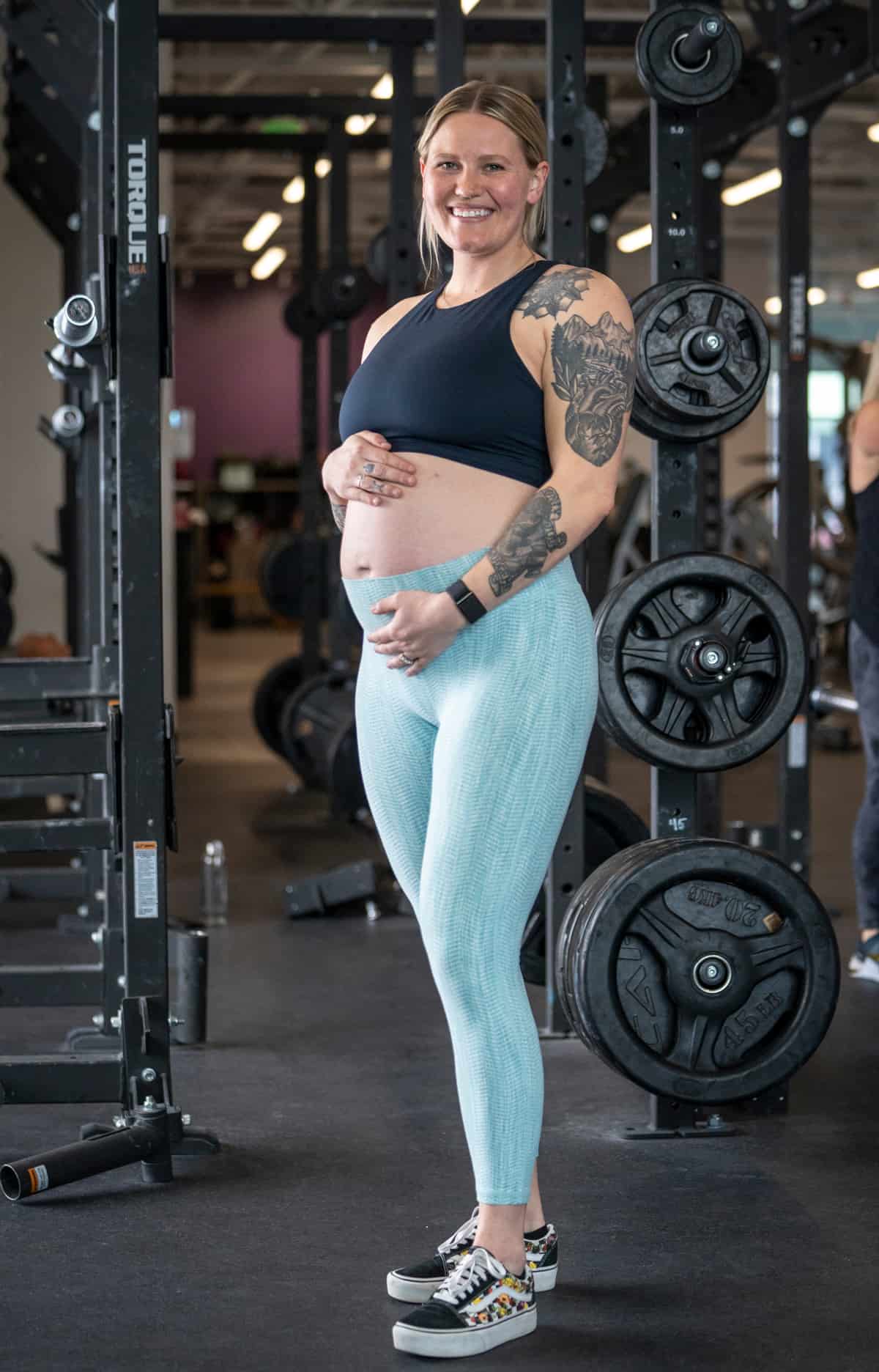
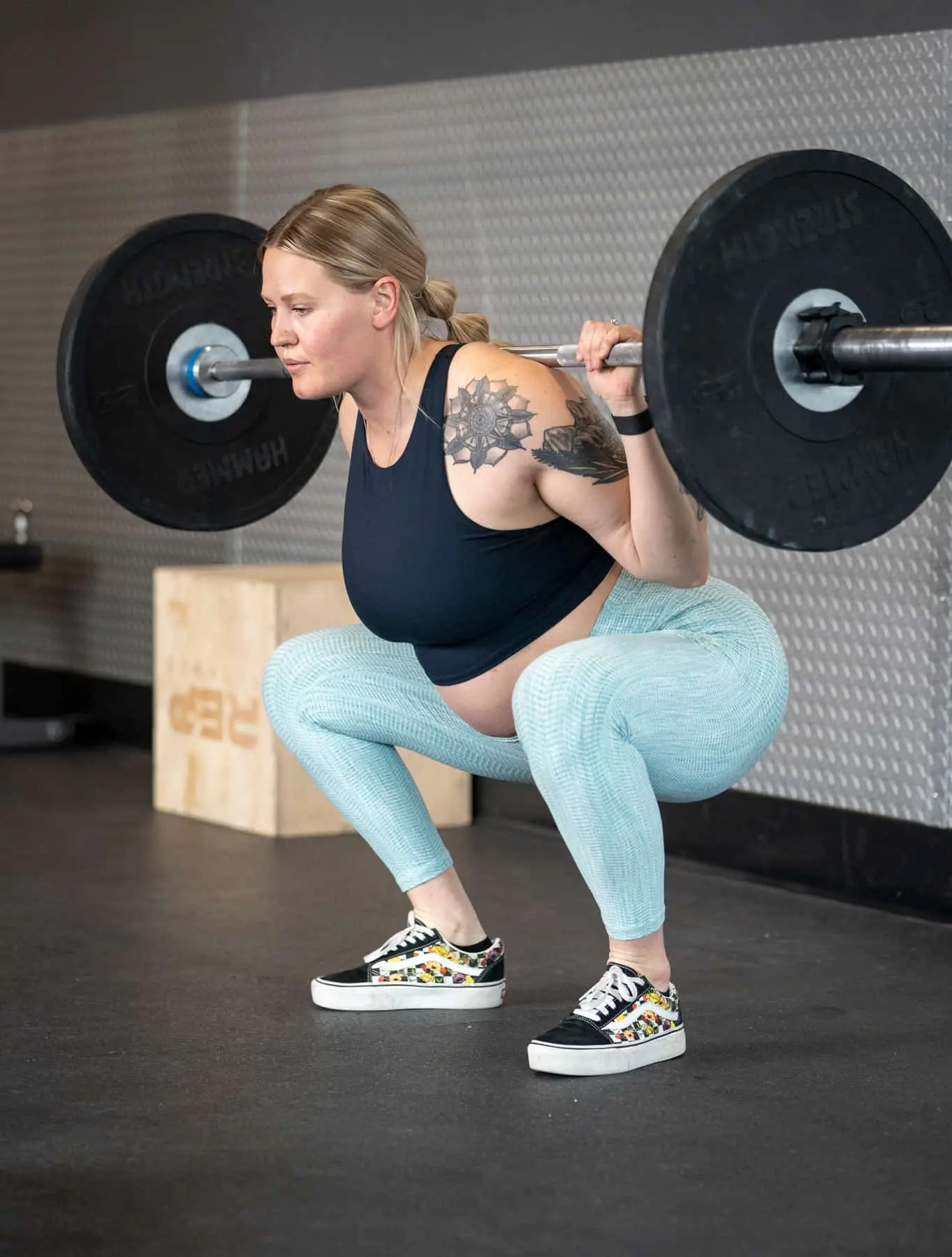
Lifting while pregnant helps Morgan Reiley feel good about the changes happening to her body. Maintaining a strength training routine during pregnancy, she feels, will also aid her delivery and postpartum recovery.
In her coaching service, Reiley trains all of her female clients in the standard powerlifting moves—the squat, bench press, and deadlift—even when they have no intention of competing. She feels proficiency in these moves carries over into everyday life.
Reiley especially appreciates the inclusivity of this style of weightlifting.
“It has nothing to do with the way you look. Bodies of all shapes and sizes can do it. It’s really empowering. And being able to lift heavy weight does so much for your mental health,” she says.
There’s a pretty common misperception, perhaps perpetuated by images of bodybuilders, that lifting leads to bulk. But it’s not true. Done correctly, with a focus on form and efficient movement, weightlifting builds functional strength in the major muscle groups, while improving balance and mobility.
“Done correctly” being a crucial point, Schmidt says. She encourages any woman who wants to try weightlifting to find a gym they feel comfortable in and take classes to learn proper technique under the watchful eye of a coach.
“Don’t just walk into a fitness center with no instructor and start using the machines,” she cautions.
According to the National Academy of Sports Medicine, all women—pregnant or not, mother or not, young, middle aged, elderly—should be strength training at least two to three days a week. It helps women maintain a healthy bodyweight by building lean muscle mass, while improving metabolism, strengthening bones, increasing flexibility, and reducing stress.
“Anyone can do it,” Gibson says. “Maybe it’s just two days a week. But do that for six to 12 weeks, and you will see results.
CrossFitters often joke about drinking the Kool-Aid, but Gibson, a nurse and former personal trainer, says it’s the most efficient way to develop full-body functional fitness because of the built-in weightlifting component that takes place under the supervision of movement-trained coaches. She encourages all women to try it, noting that many area gyms on both sides of the Tetons run programs.
“As a mom, I think it really makes me feel strong and capable from a mental perspective, and from a physical perspective,” she continues. “There’s also a stress release for me. I think motherhood can be really trying at times no matter the stage. Incorporating something that is hard to do and being successful at it reminds you that hard is not always bad.”
And that mentality plays into every other aspect of your life.
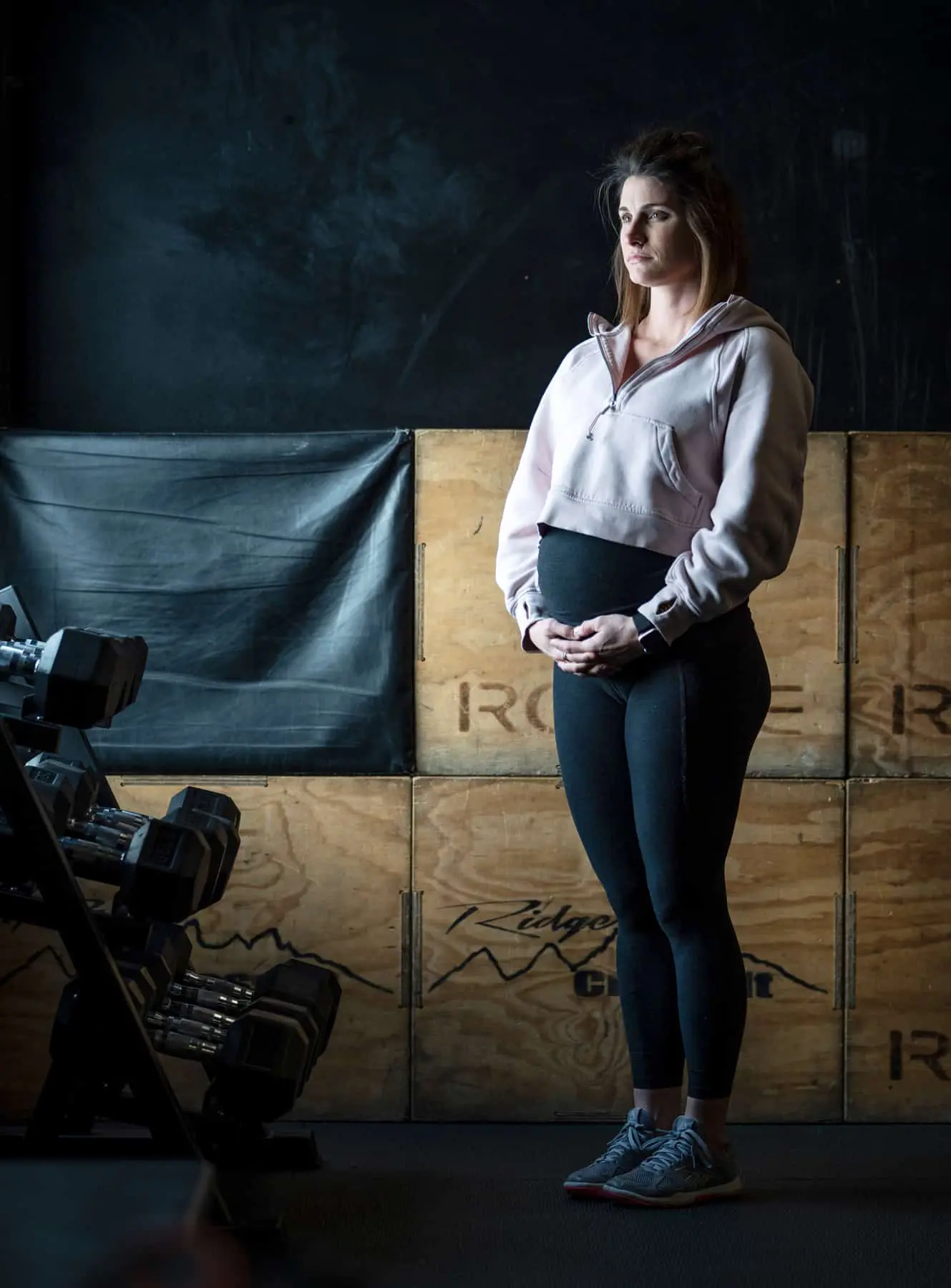
Weightlifting—It’s What’s for Women
Weightlifting has gone mainstream for women in the past ten to fifteen years, with more and more gyms, trainers, coaches, and doctors, recognizing the lifetime benefits of strength training. Ruth Bader Ginsberg took it up in her 60s and continued for twenty years; her bone density increased so much in the first few months it surprised her doctor. She reportedly got so strong from her twice-weekly workouts, she could perform full pushups in her 70s.
Female high-school athletes often start weight training to gain a performance edge in their sport, and many women moving into middle life turn to strength training as a way to lose weight. Reiley, a certified personal trainer who works mostly with female clients, encourages women of all ages to embrace it more holistically as a year-round, lifelong path to health and longevity.
“People miss the mark on that,” she says. Weight training should not be a temporary bid for a better season or a quick fix for losing weight that ends when the scale hits a goal number. It should be an intrinsic part of a woman’s self-care routine, the same as brushing her teeth, eating healthy meals, or making time to socialize with friends.
Beard, a certified CrossFit Level 1 and Level 2 coach, agrees that every woman would benefit from some form of strength training. While starting early and staying consistent throughout life is the best-case scenario, a woman can pick up weights at any time, at any level of fitness.
Even during pregnancy, Reiley notes. She maintained her personal routine while pregnant, though she did make some adjustments in both her stance and her goals to accommodate her growing baby.
Studies show that women who strength train throughout pregnancy experience easier weight management, less preeclampsia, lower incidences of gestational diabetes, and better overall well-being. Stronger pelvic floor muscles also aid in delivery and a faster recovery. A healthy woman, with clearance from her doctor, Reiley emphasizes, can start weight training during pregnancy to support her health and the development of her baby.
It’s always advised to check with a doctor before starting a new exercise routine, but trainers and coaches can generally provide movement modifications to accommodate any injuries, weaknesses, or even just first-time jitters.
The format with weight training doesn’t vary much by age, Beard explains. “If my mom came in, I would put her through the same routine as a 40-year-old woman,” she says.
There might be a difference in the weight, or the type of equipment used, but the balance of push and pull movements in both upper and lower body muscle groups improves functional strength and mobility in everyone.
